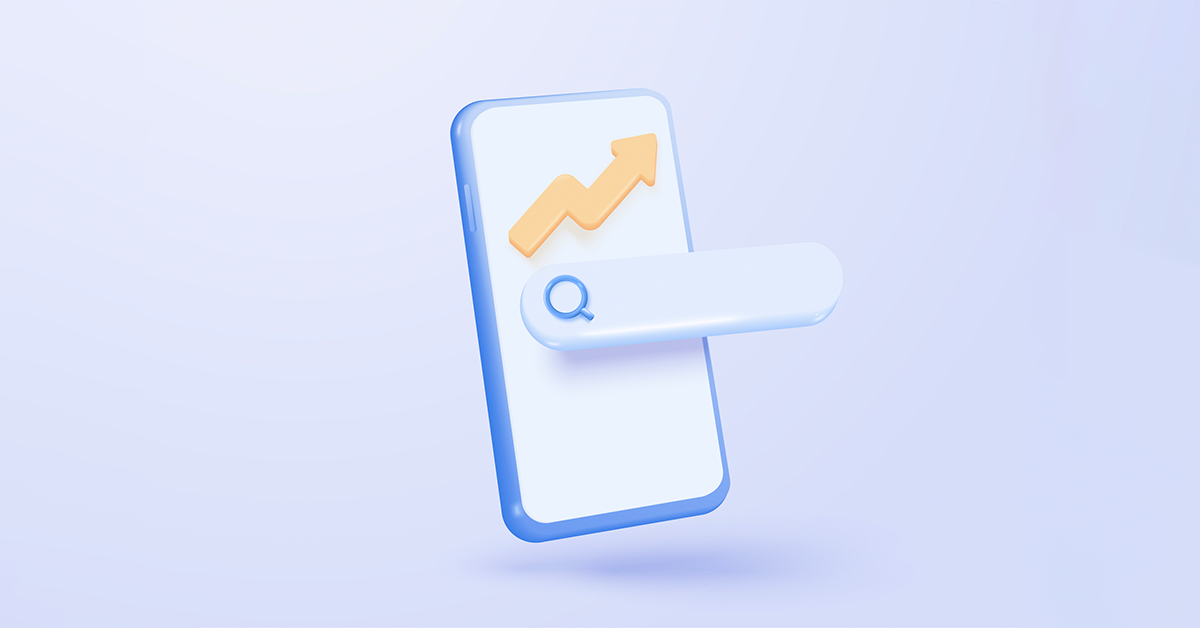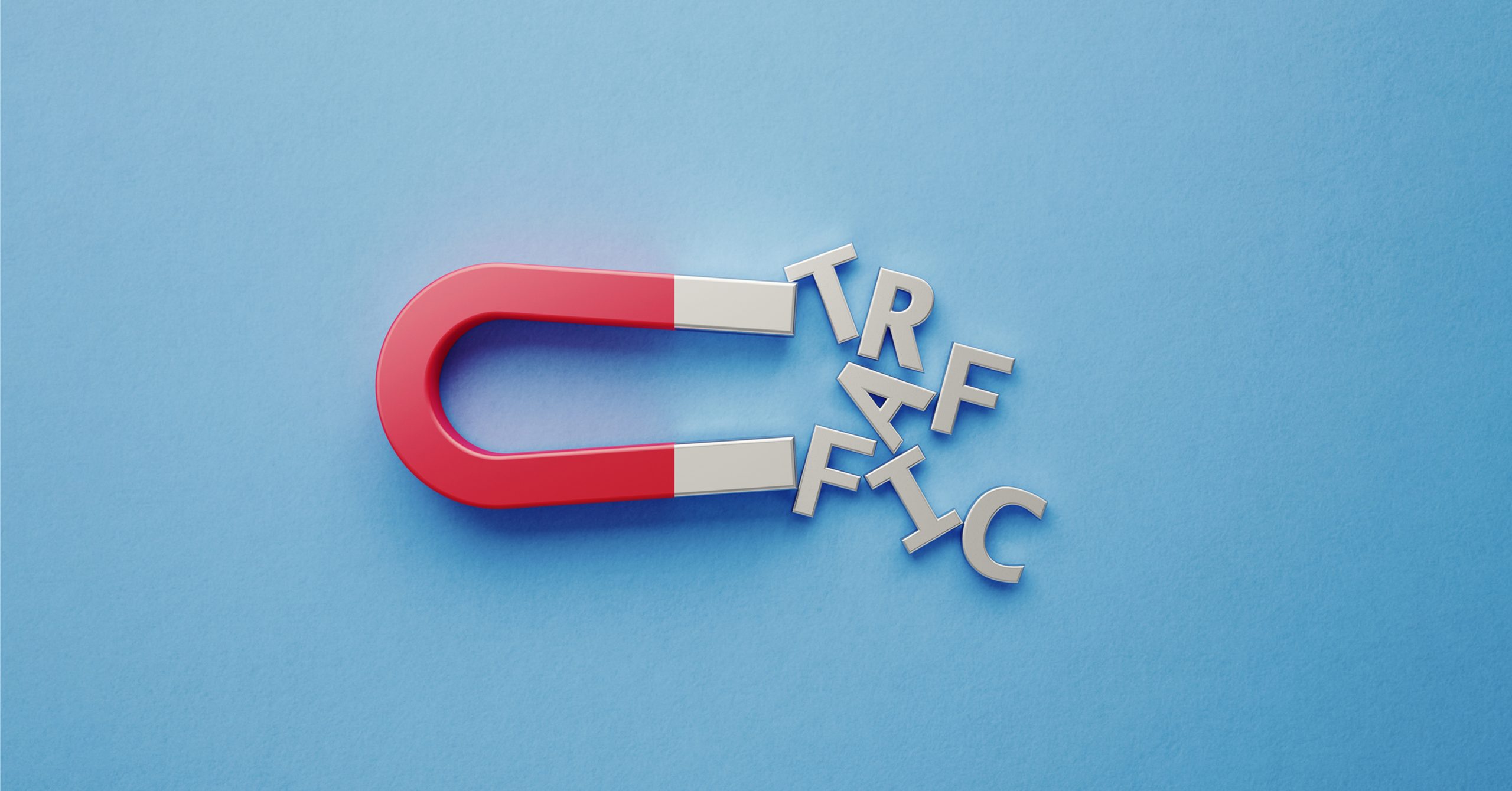In this blog, we will discuss bounce rates and exit rates as well as uncover industry bounce rate benchmarks. We will also look at 10 ways you can improve your bounce rate that require a little time and effort.
In this blog, we will cover:
- What is a bounce rate?
- Are the bounce rate and exit rate the same?
- What is the average bounce rate via industry?
- How can I improve bounce rate?
- Why is my website’s bounce rate still high?
What is a bounce rate?
A bounce rate is the percentage of visitors who visit a website and navigate away from that site after only viewing one page and performing no actions. An action could be clicking on a link, filling out a form, making a purchase or moving to another page on the website.
Is bounce rate different in Universal Google Analytics and Google Analytics 4?
In Universal Google Analytics, a bounce rate is the percentage of people who land on a page and leave without performing an action. However, this metric can be flawed. Consider for a second that you run a recipe blog. Someone searches on Google for a “jam and cream sponge recipe” and lands on your page. They then make a cake using your recipe and leave the page! Yay, you helped someone; however, they did not look around your website, they just used your recipe, and once they finished, they closed the browser window. Unfortunately, here Google counts that as a bounce (a single session with a duration of 0:00 seconds) even though they were on your page for 20 minutes, following instructions to bake your delicious cake.
However, bounce rate as a metric also falls short on Universal Analytics. If you are familiar with Google Analytics you will also see a metric called “Time on Page.” This metric means what it says, how long someone was on a page. However, for that metric to work, you need an entrance click (when someone clicks onto your website), and an exit click (when someone leaves your page to go to another page or even back to where the click entrance click came from). Now imagine someone clicks onto your page, reads your post, and is completely satisfied with your response, so instead of going back to say Google (for further information) they click the X and shuts the browser window down. As there was no exit click then Google counts that as a bounce (as it cannot measure the time on page without an exit click).
However, things are different in Google Analytics 4 (which you should have set up by now). A bounce in GA4 would be if someone viewed a page, spent less than 10 seconds on it or didn’t convert then that would be a bounce. Using the recipe blog example above, then this time they would not be a bounce as they spent more than 10 seconds on the page (and likely scrolled through the page to follow the instructions).
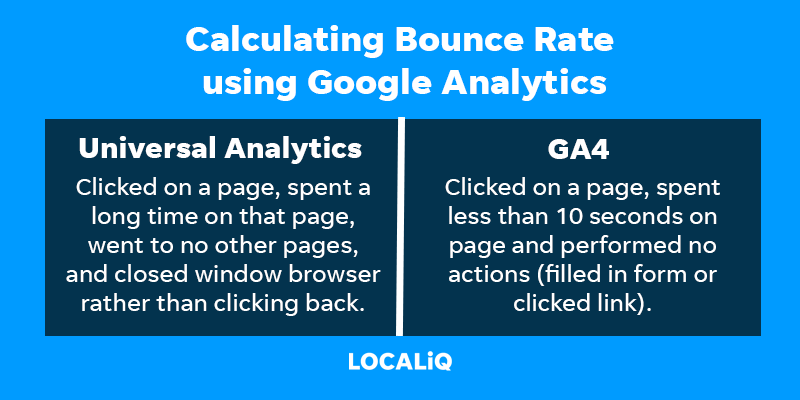
Lastly, bounce rate is not a Google ranking factor. Google is much more concerned these days with a webpages expertise, authority and whether the content is helpful.
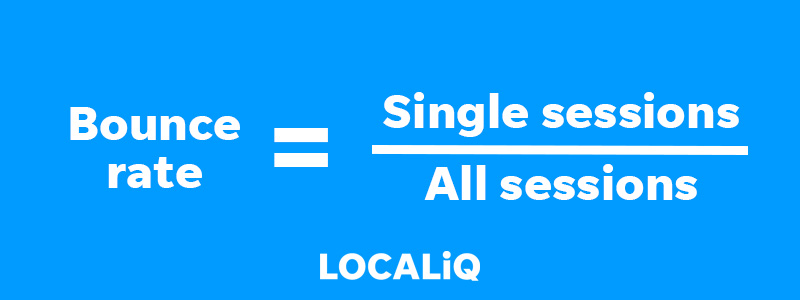
Google calculates a bounce rate as a single-page session divided by all sessions.
Are bounce rate and exit rate the same?
One thing that can sometimes cause confusion is the difference between exit rate and bounce rate. Often the two are used interchangeably, however, there are differences between the two. As previously mentioned, bounce rate is where a person lands on one page of your website and leaves without performing a single action. When looking at exit rates, this is the percentage that was in the last session. Exit rate however is the percentage of exits on a page and is worked out by dividing the total exits by the total visits.
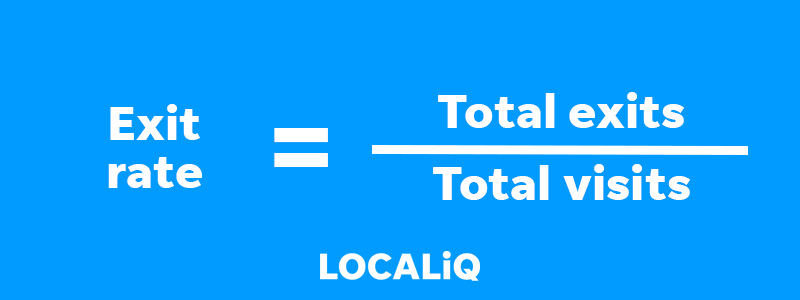
What is the average bounce rate via industry?
The average bounce rate of most websites is between 26% and 70%. This can vary between industries as you can see in the table below. Additionally, if you want to know how your competitors fare with their bounce rate (which is better than using an industry baseline as it could differ via regions), you can use SEMrush and find the metrics under traffic analysis. In addition, you can also use Similarweb which offers a free and paid-for version.

Figures are taken from SEMrush
How can I improve bounce rate?
A high bounce rate could be a sign of a poor user experience. However, if you are still using Universal Analytics, your bounce rate could be higher than expected if people stay on your webpage, absorb the information, and then click the X to close the browser window. This is because no subsequent action was performed.
If your bounce rate is higher than average and you want to improve it, there are plenty of ways to do so. Let’s look at some of the ways that you can reduce your bounce rate.
Look at your page load time – The biggest reason someone leaves your site is a slow load time. If your webpage takes over 2-3 seconds to load, then there is a high chance that a user will leave your site and go to a competitor. Use Google PageSpeed to assess your page and make any recommended changes.
- Have a well-designed website – Ensure that everything is in the right place and easy to find. You want your website to be aesthetically pleasing as well as have the correct information.
- Ensure you have a decent search functionality – A search bar should be able to direct users to the information that they seek out on your website.
- Make sure your website can be navigated easily – Your website should be easy to navigate using menus. Our blog discusses navigation best practices and provides you with examples.
- Use several types of content – There are so many ways to make the content interesting, you can write blogs, use images, use video, or even produce a webinar or podcast.
- Target your audience -If you are targeting the right audience, then you will likely have a lower bounce rate as the content is relevant to them.
- Use relevant keywords – Using relevant keywords mean that your content will appear in the right searches. Ensure that your keywords are in your meta titles and descriptions too, so that Google understands exactly what your webpage is about and doesn’t end up showing it in SERPs it doesn’t need to be in. Make sure that your content is not competing with itself.
- Check your links – Regularly ensure that your external links are all working and make sure that you are internally linking to other pieces of relevant content.
- Publish content regularly – Ensure that you are publishing content regularly. That way you are staying relevant and giving yourself more chances to be found.
- Have a proper CTA – Make sure your user knows what you want them to do. If they land on a landing page, a clear, single, CTA will let them know what to do next (e.g., make a purchase, download something). You don’t want to overwhelm your user, so ensure that there is only one CTA on a landing page (e.g., buy now).
- White space is your friend – Don’t cram every bit of space with widgets or ads. This will overwhelm your user and they may well leave your site. Make sure that your website is clean and has space where a user can rest their eyes (and widgets such as reviews can be placed strategically in the footer menu or toward the bottom of the page. In addition to this, too much content on a page can slow a page down, leading you to another issue.
Why is my website’s bounce rate still high?
Your website is optimised, fast loading with no errors, and follows an industry-standard layout, however, users are still bouncing off your website. So why do you still have a high bounce rate?
You may need to consider your customer. When you have strong audience and customer personas, you have a higher chance of understanding the reasons why. Could it be that their age and the website design do not match? Were you missing anything off the page? Ask someone to do a deep dive into your website and see if there are any errors you may have missed.
Remember if you are looking at your website day in and day out, you know the website and how it works, but someone who is new to your website may not be able to understand it.
Lastly, you should spend some time looking at your competitor’s websites, and ask yourself, what do they have or do that you do not? In conclusion, your question shouldn’t be what is a good bounce rate? It should be how does my bounce rate compare with that of my competitors?
We hope this blog has helped you understand a bounce rate as well as give you ways to improve your bounce rate. If you want interesting articles like these directed to your inbox once a month, sign up for our newsletter today.


